 "Sky Reflect Discovery Field" photo by JB Banks
"Sky Reflect Discovery Field" photo by JB Banks If you’re an author, please feel free to take these three tips and write me an amazing story. If you're a reader, feel free to leave me a recommendation in the comments.
1. Give me time
 "Palimpsest" photo by Alice
"Palimpsest" photo by Alice This (unlikely and/or misremembered) hypothesis stuck with me because my favourite stories definitely skew towards the former. I love the idea that time is not linear, but something more like an endless sheet of cloth, draping in folds across itself, each fold rubbing against the next, sometimes wearing away the layer beneath, sometimes leaving a mark, and always influencing what is to come. Time is a palimpsest.
That’s what I want to read: a story that is many stories, sometimes distinct, sometimes indistinguishable, repeating and evolving – like listening to several versions of a piece of music at once, interpreted by different generations of musicians.
2. Be practical
 "Crochet blanket" by Emma Jane Hogbin Westby
"Crochet blanket" by Emma Jane Hogbin Westby I’m not saying a book can’t have a university of magic (tell me about interdepartmental politics and the pressures that acamages face trying to juggle research, publication and teaching) or individuals who teach/learn their magic within a complicated master/apprentice power dynamic (tell me about the psychology of codependency and how the rest of the world reads their relationship).
But what I really want to read about is the magic of the masses: the magic that is hummed to the wind, grown on a balcony, kneaded and baked, danced in a round, played as a sport, walked through city streets, painted on skin or chalked on pavements, spun, woven, sewn or sculpted. I like magic that is, literally, an art or craft.
3. Take me away
 "Solar flower" photo by Trey Ratcliff
"Solar flower" photo by Trey Ratcliff If a book's protagonist ticks the majority of these boxes: male, white, cisgender, straight, able-bodied, neurotypical and/or human, there had better be a very good reason for that or I will be bored, bored, bored. Likewise, if the world or universe of the book obliviously replicates - without critiquing - the same hierarchies as lots of high fantasy (kingdoms, feudal societies) or the same cultural structures as the Western mainstream (capitalism, racism, sexism), it’s already lost a few points in my rating. That’s not to say these stories can’t be good, but there are so many other stories like them and they represent such a tiny sliver of what human beings are capable of imagining.
I don’t pick up a fantasy book to read about what I know, I read it to learn something fresh. Surprise me.
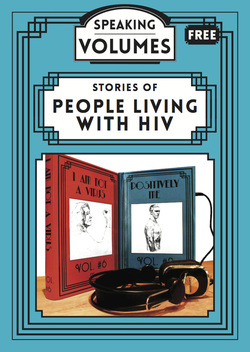
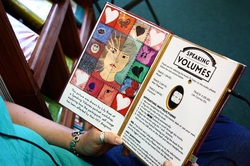


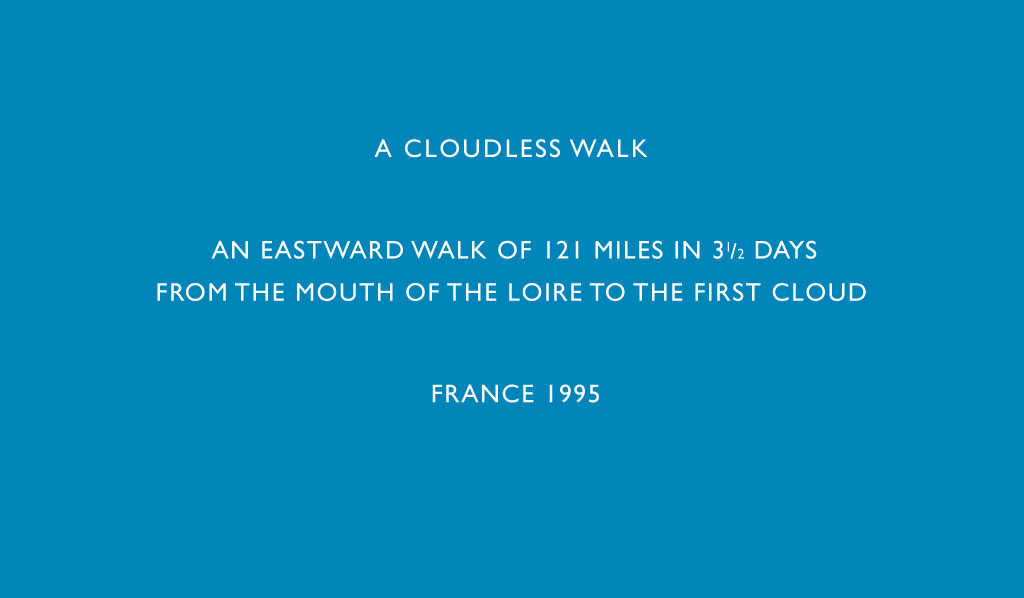
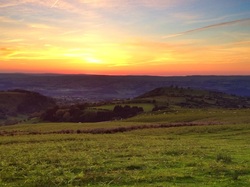
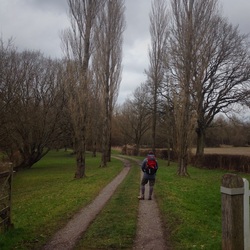
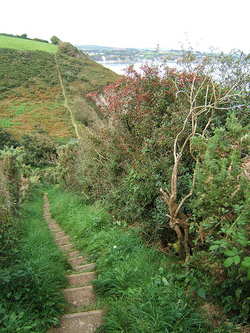

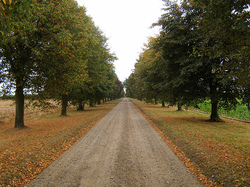
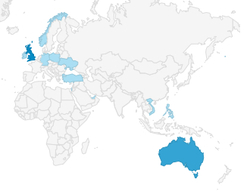
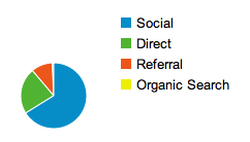

 RSS Feed
RSS Feed
